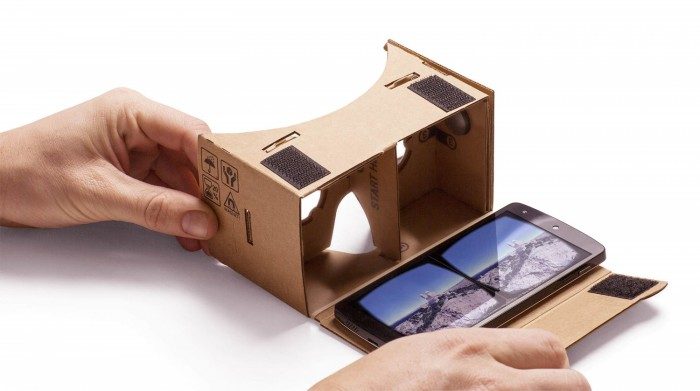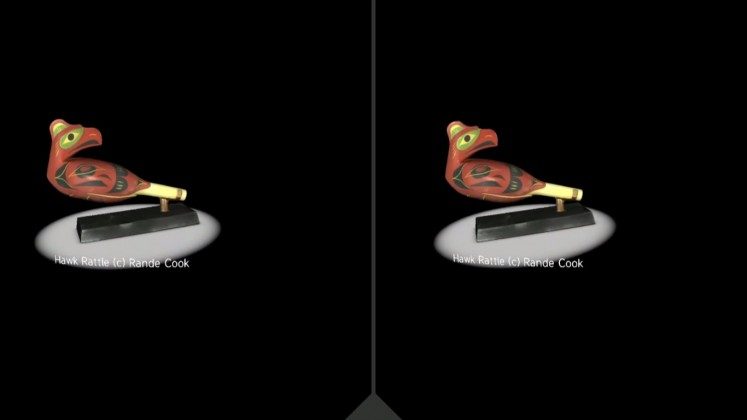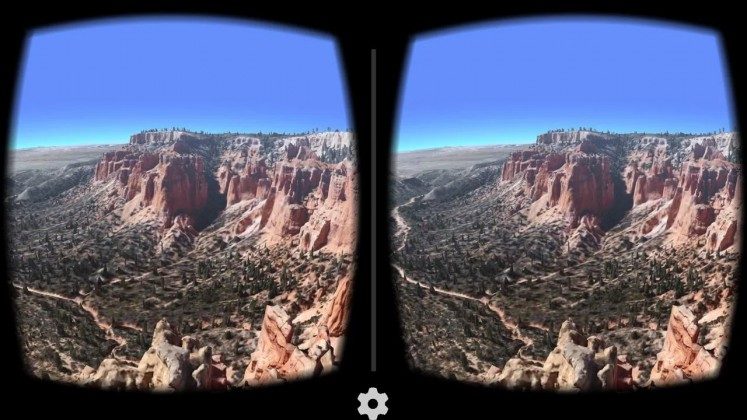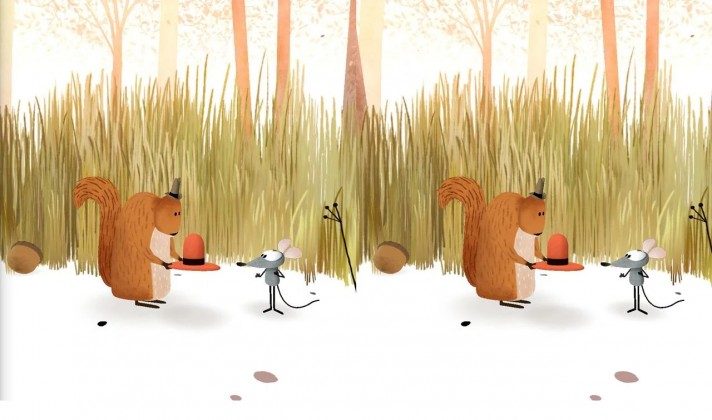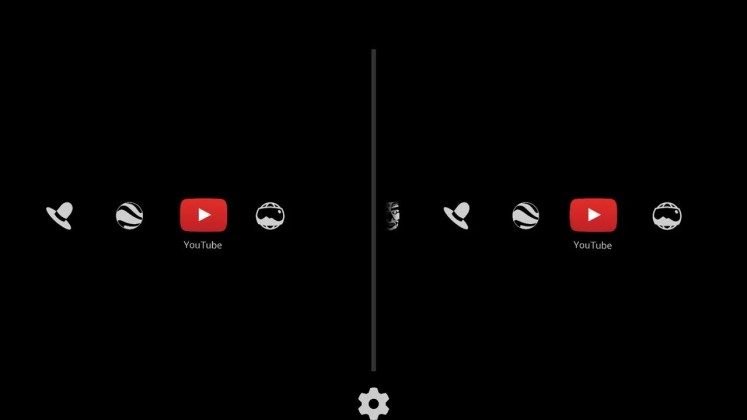Google surprised the VR community when it revealed Cardboard, a super low-cost VR smartphone adapter, last year at the company’s annual developer conference. Although started as a hobby-level project, the platform seems to have grown beyond their expectations.
The Cardboard app on Android’s Play Store has exceeded 1 million downloads. Actually, it’s now somewhere between 1 million and 5 million downloads, which is as specific as the app page will display. To my knowledge, this makes it the single most downloaded piece of VR software ever.
Of course, some portion of users downloading the app may have done it out of curiosity and without actually having their hands on the Cardboard headset. However, with Google announcing in December that more than 500,000 Cardboard units have been shipped, we can make a reasonable guess that the majority of downloads are from actual users.
The app, which was launched alongside the reveal of the Cardboard headset, hosts a collection of experiences which serve as an introduction to VR:
- Earth: Fly where your fancy takes you on Google Earth.
- Tour Guide: Visit Versailles with a local guide.
- YouTube: Watch popular YouTube videos on a massive screen.
- Exhibit: Examine cultural artifacts from every angle.
- Photo Sphere: Look around the photo spheres you’ve captured.
- Windy Day: Follow the story (and the hat) in this interactive animated short from Spotlight Stories.
Although the virtual reality experience from a smartphone (Note 4 / Gear VR excluded) is nowhere near as compelling as the VR experience from a dedicated VR headset, people using the app seem to enjoy it—at least as far as the reviews are concerned. With more than 31,000 ratings, the app is averaging 4.2 stars out of 5.
The Cardboard section of the Play Store now highlights 34 VR apps, with an even greater number to be discovered throughout the rest of the app marketplace (just try searching ‘Cardboard’). However, inconsistencies in performance and input remain a challenge for developers and users. We’re still waiting for someone to announce a phone with sensors that are designed with VR performance in mind.
Since launching as a ‘20% time’ project—Google’s famous perk that allows employees to spend 20% of their time on hobby projects—the Cardboard has turned into something serious for the company which began hiring several full time VR engineering positions a few months back (P.S. they still have open VR positions).

